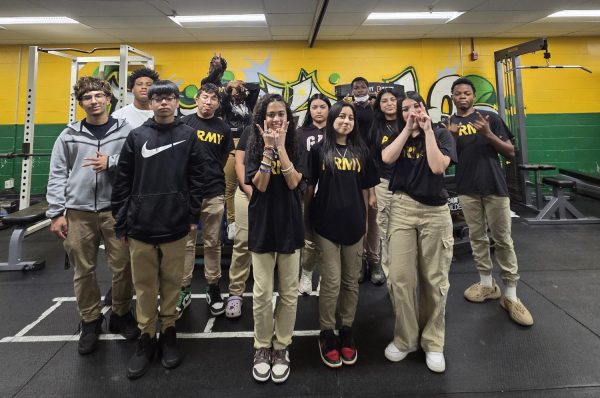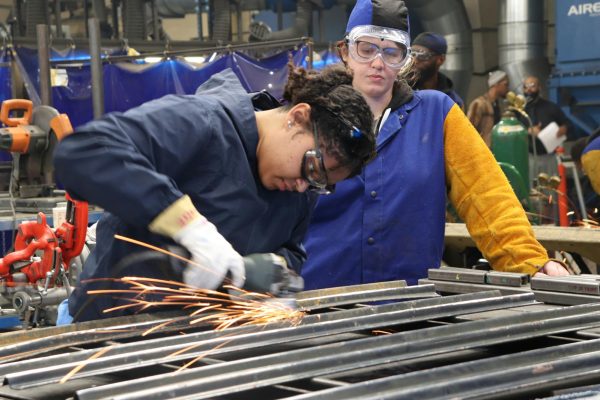Feminism vs. White Feminism proves that all women aren’t created equal

In society, women strive for the opportunity to be considered equal next to their male coworkers, colleagues, partners, teammates, etc. Due to this strive women are labeled as feminist and there is this fantasy that all women receive the same treatment. What people fail to realize is that there are intersections to feminism the same way there are intersections to racism.
The intersections of feminism is a term that isn’t talked about as much as it should be. It’s the the first and second waves of feminism, which largely focuses on the experiences of women who were both white and middle-class, to include the different experiences of women of color, women who are poor, immigrant women, and other groups.
The struggles that women of color experience are incomparable to the struggles that white women face. Supporting feminism or being a feminist means that you are supporting the idea that all women (emphasis on the all) are treated equally. Yet it seems as though that isn’t the case. Youth leader, Majanda Rodriguez explains that, “Those who are most impacted by gender-based violence, and by gender inequalities, are also the most impoverished and marginalized—black and brown women, indigenous women, women in rural areas, young girls, girls living with disabilities, trans youth and gender non-conforming youth.”
Although women of color can identify themselves as feminists they are first identified by society by the color of their skin. “Yes, I am a feminist. But when I walk into the room, I am confronted first with my being Black,” Buzzfeed women says. “I can’t address the injustices I’ve experienced as a woman without addressing the injustices I’ve experienced as a Black person.”Not only are the struggles of black women incomparable to the struggles that white women face, but they’re implemented so freely in their daily lives that these struggles are often misunderstood.
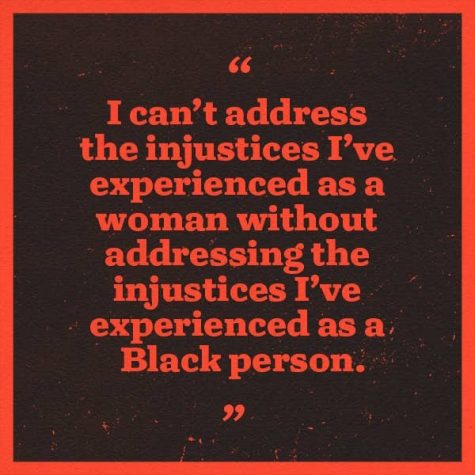 When a black woman tries to express her feelings on a certain topic or stand by her comments, she is quickly labeled as “the angry black woman”. These microaggressions are what fuel black women to believe that they will always be pushed to the side. They aren’t being heard. It’s more likely for authorities to not believe sexual assault victims who are black women. Black burn center announces that, “In 2015, Oklahoma police officer Daniel Holtzclaw was convicted of multiple counts of rape; he specifically targeted Black women with the expectation that no one would believe his victims.” So black women see it, why won’t society address it?
When a black woman tries to express her feelings on a certain topic or stand by her comments, she is quickly labeled as “the angry black woman”. These microaggressions are what fuel black women to believe that they will always be pushed to the side. They aren’t being heard. It’s more likely for authorities to not believe sexual assault victims who are black women. Black burn center announces that, “In 2015, Oklahoma police officer Daniel Holtzclaw was convicted of multiple counts of rape; he specifically targeted Black women with the expectation that no one would believe his victims.” So black women see it, why won’t society address it?
If feminism is for all women, then why must it take a white woman to be affected by a situation for someone to do something about it? The truth is, white women are being used as the face for feminism.
The basis of white feminism comes from the fact that white women have “superiority” in society over women of color. The list can practically go on for days. Researcher Monica T. Williams writes that, “ Black women’s babies die at twice the rate of White women’s, and these rates remain the same when controlling for income and education.”
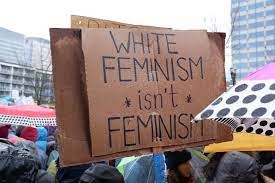 White women are perceived as delicate tokens in society. They are the women at the top of the chain. Ever heard the saying, “white tears are the ones you should fear”, well where do you think it stems from? It’s because of the cries and tears of a white woman that Emmett Till was brutally beaten and murdered for a crime he did not commit. Because in reality that’s all it takes. White women are empowered and fueled by the fact that they will always be believed first in any scenario that they are put in.
White women are perceived as delicate tokens in society. They are the women at the top of the chain. Ever heard the saying, “white tears are the ones you should fear”, well where do you think it stems from? It’s because of the cries and tears of a white woman that Emmett Till was brutally beaten and murdered for a crime he did not commit. Because in reality that’s all it takes. White women are empowered and fueled by the fact that they will always be believed first in any scenario that they are put in.
Feminism is the advocacy of women’s rights on the basis of the equality of the sexes. The key word is equality. White feminism is a racist ideology that claims to speak for all women while ignoring women of color and suppressing their voices. You can’t begin to want to fight for equality for all women without the inclusion of women of color.
“The most disrespected person in America is the black women,” Malcolm X.
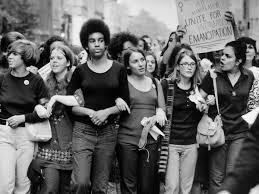
Your donation will support the student journalists of Parkdale High School. Your contribution will allow us to cover our annual website hosting costs and publish some printed editions, as well.
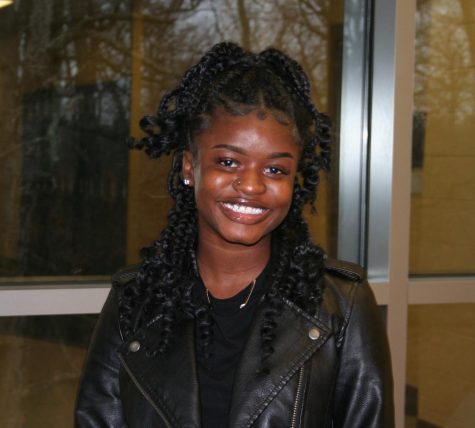
She’s your Editor-in-chief, but she’s also a senior! Sonah is in the 12th grade, serving her second year on staff and her first year as an EIC. She...

